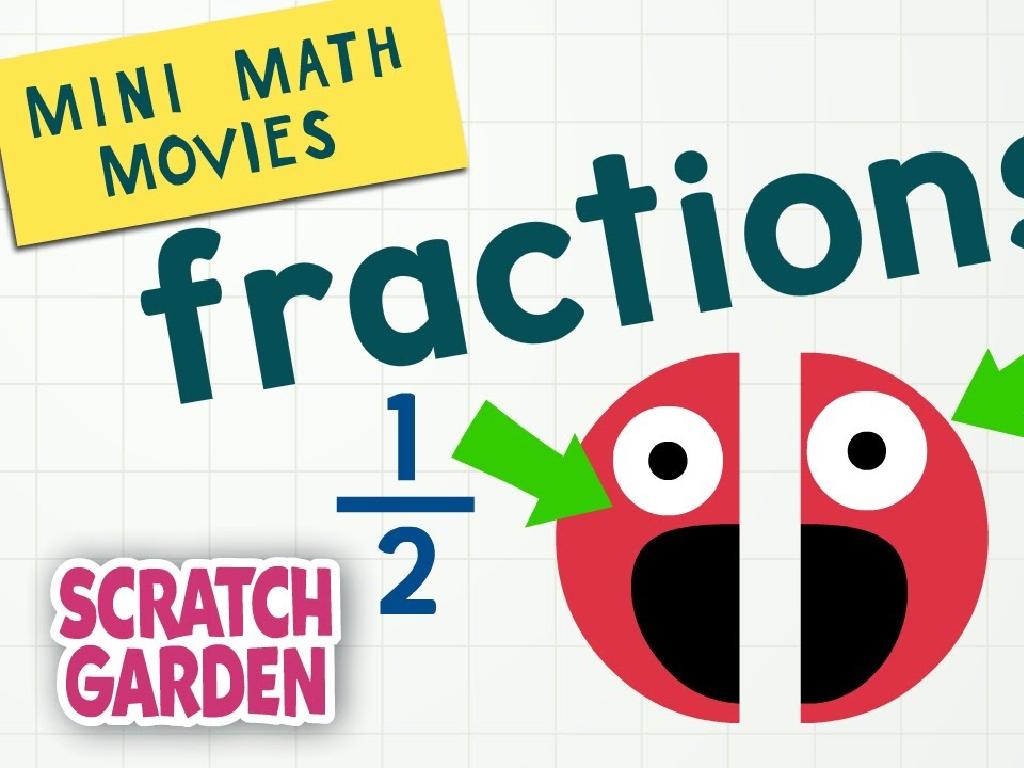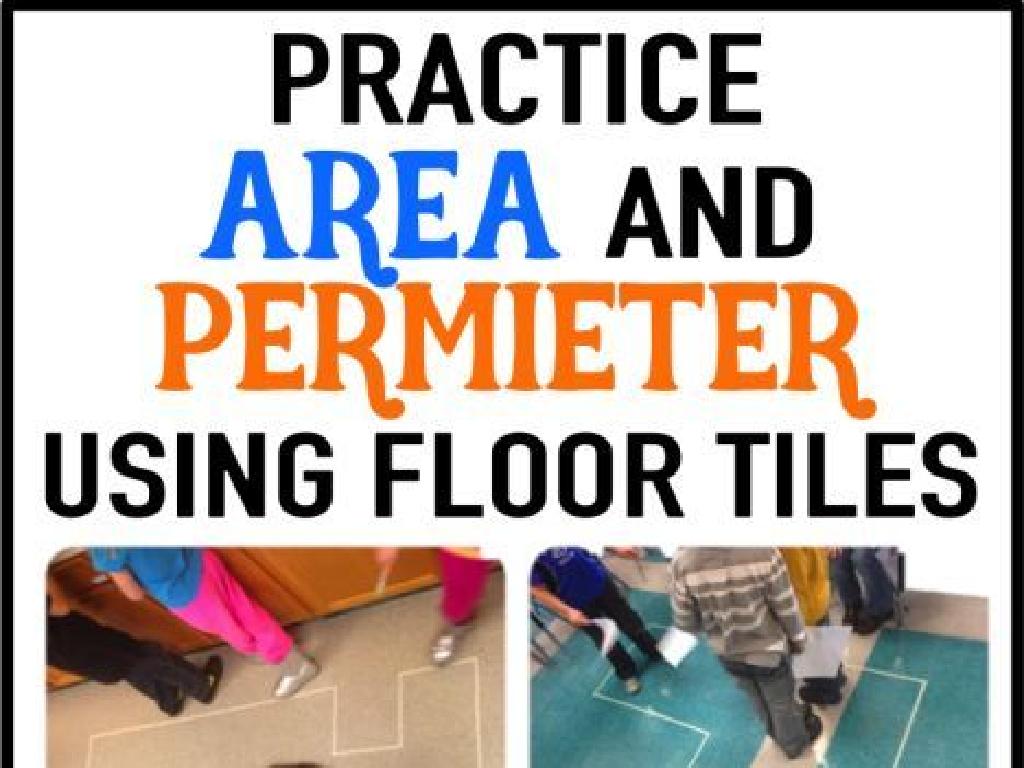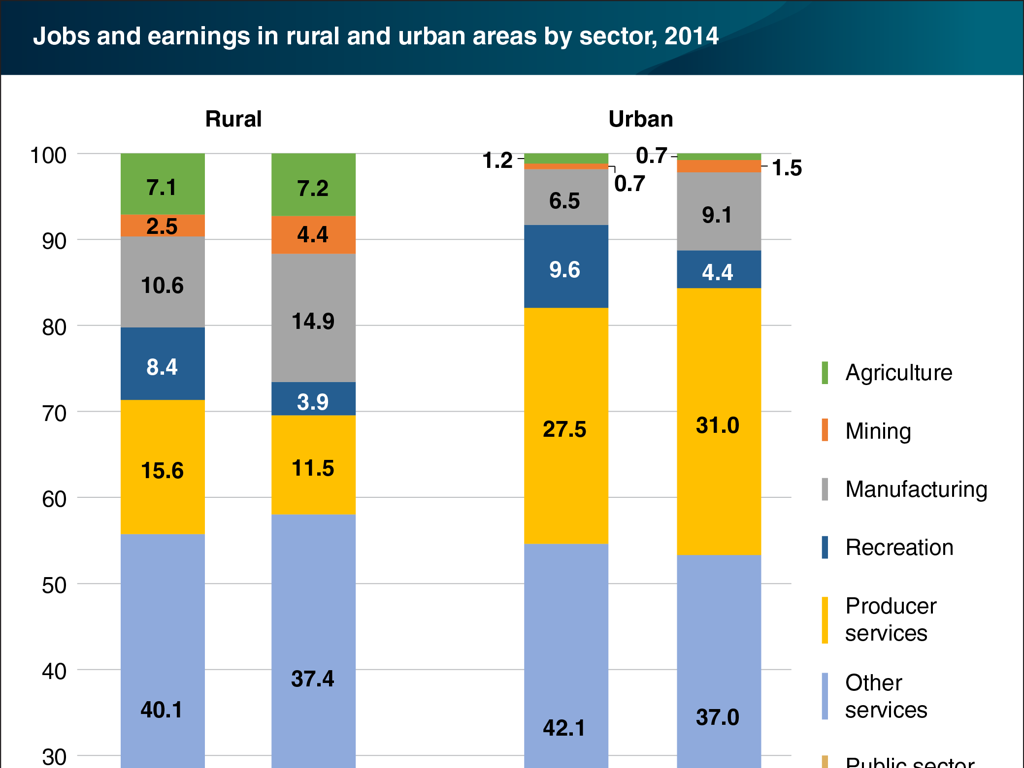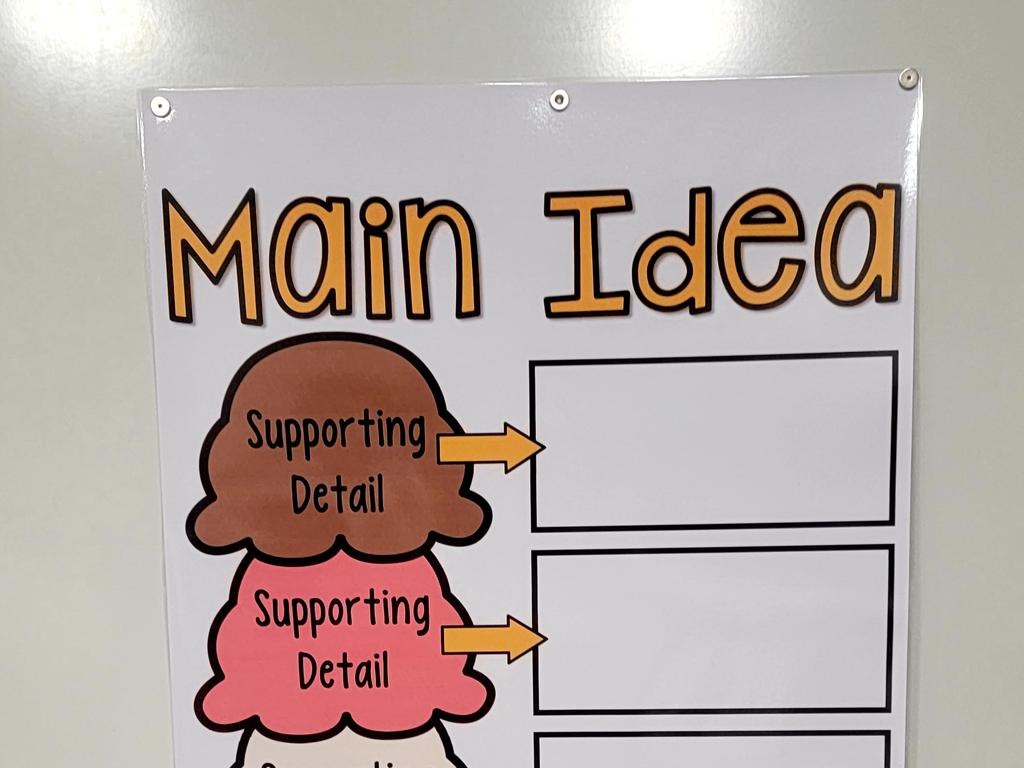Word Pattern Sentences
Subject: Language arts
Grade: Fourth grade
Topic: Prefixes And Suffixes
Please LOG IN to download the presentation. Access is available to registered users only.
View More Content
Exploring Prefixes and Suffixes
– Discover word patterns today
– Prefixes and suffixes unlock meanings
– Prefixes are beginnings, suffixes are endings added to base words
– Become a word detective
– Practice with fun activities
– We’ll use examples to learn how they change word meanings
|
This slide introduces the concept of prefixes and suffixes to the students, setting the stage for them to understand how these word parts can alter the meaning of base words. Emphasize that prefixes are added to the beginning of words and suffixes to the end. Provide examples like ‘un-‘ in ‘unhappy’ or ‘-ful’ in ‘joyful’ to illustrate the concept. Encourage the students to think of prefixes and suffixes as clues to the meaning of new words they encounter. Plan for interactive activities where students can practice identifying and using prefixes and suffixes in a variety of words. This will help them become more proficient in decoding new vocabulary.
Exploring Prefixes in Words
– Prefix: a letter group added before a word
– Prefixes modify the root word’s meaning
– Example: ‘un-‘ means ‘not’ or ‘opposite’
– ‘unhappy’ means ‘not happy’
– Example: ‘re-‘ means ‘again’ or ‘back’
– ‘redo’ means ‘do again’
|
This slide introduces the concept of prefixes to fourth-grade students. A prefix is a set of letters that we add to the beginning of a word to change its meaning. For example, adding ‘un-‘ to ‘happy’ changes the meaning to ‘not happy.’ Similarly, ‘re-‘ added to ‘do’ changes the meaning to ‘do again.’ It’s important to show students how prefixes alter the meaning of the root word and to provide them with several examples to illustrate this point. Encourage students to think of other words they know that start with these prefixes and discuss how the meaning changes. This will help them understand the concept of prefixes and how they are used in language.
Exploring Suffixes in Words
– Definition of a suffix
– A suffix is a letter group added to a word’s end.
– Suffixes alter meaning and speech
– They can turn ‘hope’ to ‘hopeful’ or ‘kind’ to ‘kindness’.
– Examples: ‘-ful’, ‘-ness’
– ‘-ful’ means full of (hopeful = full of hope), ‘-ness’ means state of (kindness = state of being kind).
– Practice with suffixes
|
This slide introduces the concept of suffixes to the students. Begin by explaining that a suffix is a set of letters that go at the end of a word to change its meaning and often its part of speech. Provide examples like ‘-ful’ which turns the noun ‘hope’ into the adjective ‘hopeful’, meaning full of hope, and ‘-ness’ which turns the adjective ‘kind’ into the noun ‘kindness’, referring to the state of being kind. After explaining, engage the students in identifying more examples of suffixes and encourage them to create new words using common suffixes. This will help them understand how suffixes affect word meaning and grammatical function.
Creating New Words with Prefixes and Suffixes
– Prefixes and suffixes change meanings
– Example: ‘un-‘ + ‘known’ = ‘unknown’
– ‘un-‘ means ‘not’, making ‘unknown’ mean ‘not known’
– Your turn: Add ‘-ly’ to ‘quick’
– Adding ‘-ly’ turns an adjective into an adverb
– Discover new words together
|
This slide introduces the concept of prefixes and suffixes to the students, showing them how they can change the meaning of base words to create new words. Start by explaining that a prefix is added to the beginning of a word and a suffix is added to the end. Use ‘unknown’ as an example to demonstrate how ‘un-‘ changes the meaning of ‘known’. Then, engage the students by asking them to transform ‘quick’ into an adverb by adding ‘-ly’, forming ‘quickly’. Encourage them to think of more examples and understand how these additions alter word meanings. This activity will help them expand their vocabulary and improve their understanding of word structures.
Prefixes and Suffixes in Action
– Understanding word patterns
– Identifying prefixes and suffixes
– Spot the prefix or suffix in a sentence
– Discussing meaning changes
– How does ‘un-‘ in ‘unhappy’ change its meaning?
– Examples in sentences
– ‘Helpful’ vs. ‘helpless’ shows suffix impact
|
This slide aims to help students recognize and understand the role of prefixes and suffixes in altering the meanings of words within the context of a sentence. Begin by explaining that prefixes are added to the beginning of a word and suffixes at the end. Provide clear examples, such as ‘unhappy’ where ‘un-‘ negates the meaning of ‘happy’, and ‘helpful’ versus ‘helpless’, where ‘-ful’ means ‘full of’ and ‘-less’ means ‘without’. Encourage students to look for these patterns in sentences and discuss as a class how they change the word’s meaning. This will enhance their vocabulary and comprehension skills.
Practice Time: Prefixes and Suffixes
– Identify prefixes and suffixes
– Complete the prefix/suffix worksheet
– Add the right prefix or suffix to given root words
– Create new words with roots
– Use the new words in sentences to understand their meanings
– Share your words with the class
|
This slide is for a class activity focused on the application of prefixes and suffixes to root words. Students will practice identifying prefixes (beginnings of words) and suffixes (endings of words) and understand how they alter the meaning of the root word. Provide a worksheet with a list of root words and a selection of prefixes and suffixes. Students should choose the appropriate affixes to create new words. Encourage them to use these new words in sentences to grasp the change in meaning. After completing the worksheet, students will share their new words and sentences with the class, fostering a collaborative learning environment. This activity will help solidify their understanding of how prefixes and suffixes work in word formation.
Crafting Sentences with Prefixes and Suffixes
– Write sentences with new words
– Create your own sentences using the words from our list.
– Use prefix/suffix for clues
– Remember, the prefix or suffix gives you a hint about the word’s meaning.
– Example: superhero sentence
– ‘The superhero could fly; he was unstoppable!’ shows how ‘un-‘ means ‘not’.
|
This slide is aimed at helping students practice using newly learned words with prefixes and suffixes in their own sentences. Encourage them to think about the meaning that the prefix or suffix adds to the word. For example, the prefix ‘un-‘ means ‘not,’ which helps us understand that ‘unstoppable’ means ‘cannot be stopped.’ Have students come up with creative sentences for the words they’ve learned. This exercise will reinforce their understanding of how prefixes and suffixes change the meaning of base words and how they can use context clues to comprehend unfamiliar words.
Class Activity: Word Detective Game
– Search for prefixed/suffixed words
– Write down your findings
– Explain the new meanings
– Use clues from the word to uncover its meaning with the prefix/suffix
– Share with the class
|
This interactive class activity is designed to engage students in the practical application of their knowledge of prefixes and suffixes. Provide students with a brief refresher on what prefixes and suffixes are and how they alter the meanings of base words. Encourage them to look through their reading books to find words that contain prefixes or suffixes. Once they have their list, ask them to write down the base word, the prefix or suffix, and the new meaning of the word. Students should be prepared to explain their findings to the class, fostering a collaborative learning environment. Possible variations of the activity could include working in pairs, creating a word wall with their findings, or even a friendly competition to see who can find and correctly explain the most words.
Becoming Word Pattern Experts!
– Congratulations, word detectives!
– Mastery in prefixes and suffixes
– You can now identify and use word parts to understand meanings.
– Practice makes perfect
– Keep looking for patterns in words as you read.
– Aim to be a word pattern expert
|
This slide is meant to congratulate the students on their hard work and encourage them to continue practicing their new skills. Emphasize the importance of recognizing prefixes and suffixes to determine the meaning of words. Remind them that becoming proficient with word patterns will greatly enhance their reading and writing abilities. Encourage them to be observant of the words they encounter in their daily reading and to practice using prefixes and suffixes to expand their vocabulary. Celebrate their progress and motivate them to keep learning and exploring language.






